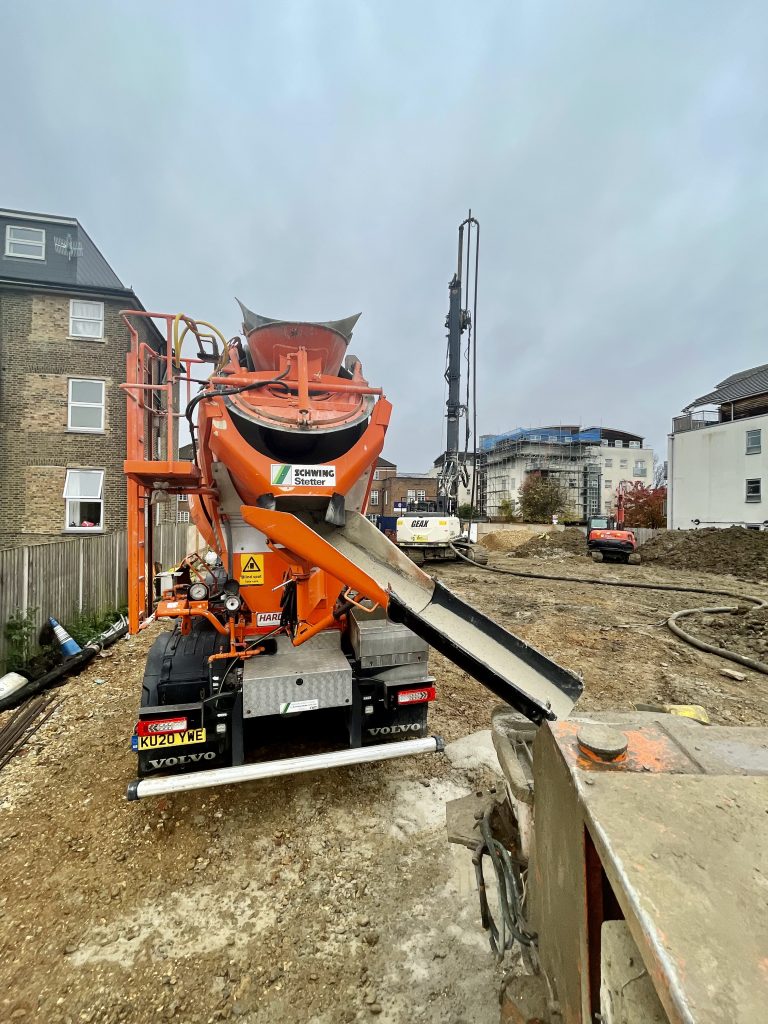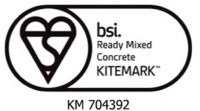There are some projects where traditional screeds simply won’t do. Whether you’re working to a tight deadline or you need to be able to walk on the screeded surface shortly after it’s been laid to complete the job, opting for a fast-drying screed can make everything run that much more smoothly.
In this article, the EasyMix team is going to be running through exactly what fast-drying screed is, how it works and the external factors that can affect screed drying times.

What is fast-drying screed?
Put simply, a fast-drying screed is a type of screed that has been mixed specifically to minimise curing and drying times. There are a number of screed-specific factors that can influence the rate at which screed dries, and these are:
Water-to-cement ratio: In order to create a fast-drying screed, you’re going to need a relatively low water-to-cement ratio. However, there’s a difficult balance to strike here, because if you go too low you can compromise the workability of the screed. So the best solution is to find a happy medium between drying speed and workability.
Additives: Given that a low water-to-cement ratio can affect the workability of the screed, we want to use additives that can improve workability whilst keeping water relatively low. The best solution, then, is to use a water-reducing additive or admixture (WRA). WRAs, sometimes referred to as plasticisers, are designed to free up any water that has become trapped within the screed mixture, ensuring that you get the most out of the water content of your mix without sacrificing strength and workability.
Thickness of the screed: One of the biggest influencing factors on a screed’s drying time is its thickness. So, if you want a fast-drying screed, then the thinnest screed that you can get away with without sacrificing strength is the way to go. As a rule, in terms of drying times, you’re going to need to allow around one day per millimetre of screed for the first 40 millimetres, and then around one day for every half a millimetre thereafter. So, for example, you can expect a 50mm screed to take around four to six weeks to dry, and you can expect a 75mm screed to take around six to eight weeks.
Other factors that can affect a screed’s drying time
Humidity: The amount of humidity in the air plays a major role when it comes to screed drying times. This is because the higher the relative humidity in the air, the less moisture the atmosphere will be able to soak up from the screed’s surface.
Temperature: In general, the higher the air temperature, the quicker the screed will dry. This is why drying times are always quicker in summer as opposed to winter.
Air flow: It’s important to create air flow in a room where screed has been laid, as this will help to wick away moisture in the air from the screed’s surface.
EasyMix is London’s leading concrete and screed supplier. If you’re looking for some high-quality fast-drying screed for your next project, we’re the team you need! Give us a call today to discuss your requirements.



